June 27, 2013
Ergonomics of dishonesty. How desk size influences behaviour
The influence the design and layout of the workplace can have on productivity is widely acknowledged. Now, according to a new scientific study expansive physical settings like having a big desk to stretch out at work can cause individuals to feel more powerful, and in turn these feelings of power can elicit more dishonest behaviour such as stealing, cheating, and traffic violations. This might sound far-fetched but The Ergonomics of Dishonesty was written by a group of researchers at leading business schools, including Harvard, Columbia and Berkeley and is soon to be published in a forthcoming issue of the journal Psychological Science. Co-author Andy Yap, explained: “Our research shows that office managers should pay attention to the ergonomics of their workspaces. The results suggest that these physical spaces have tangible and real-world impact on our behaviours.” More →




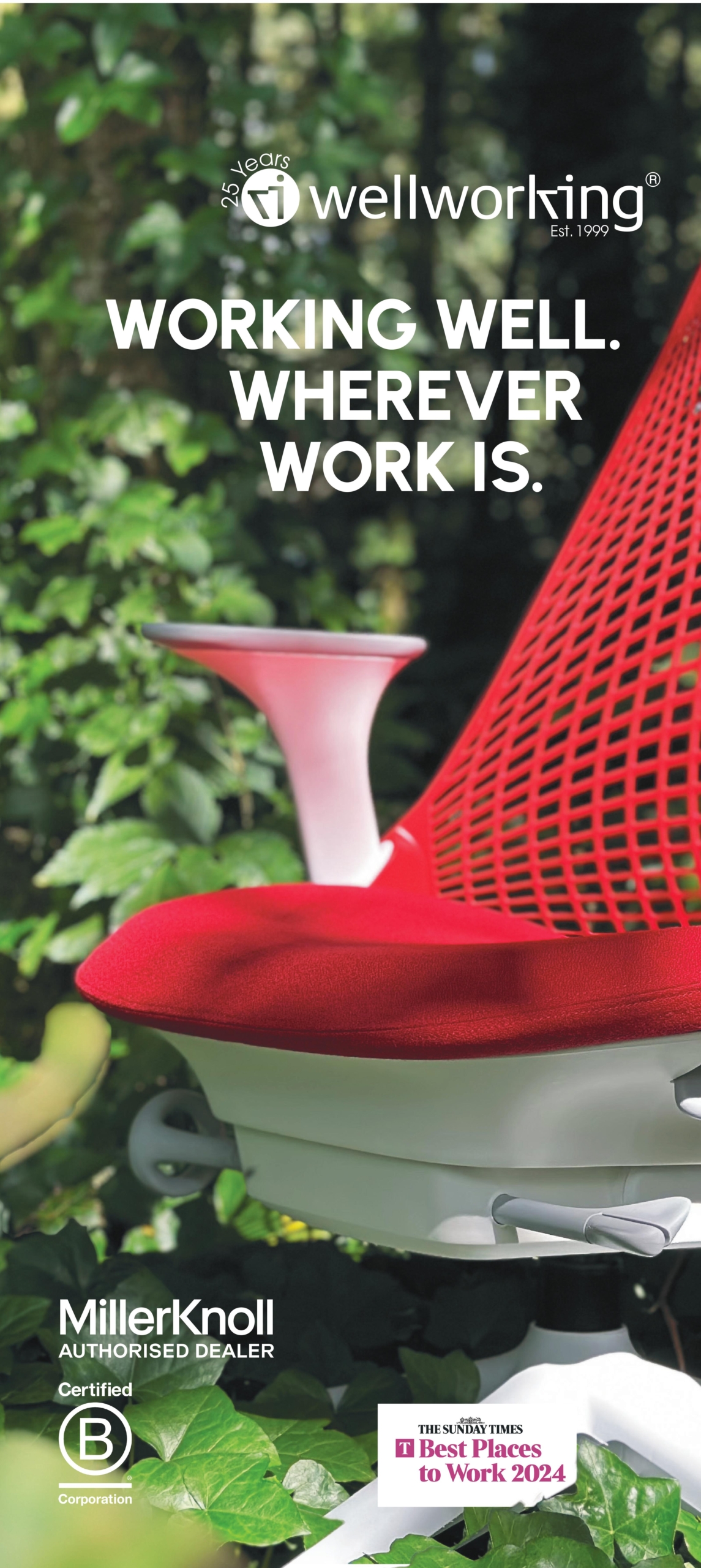

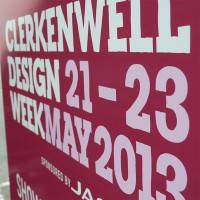
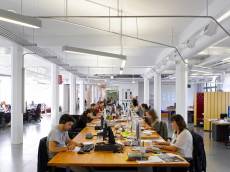




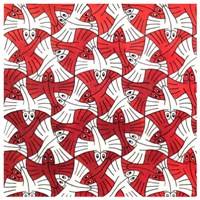

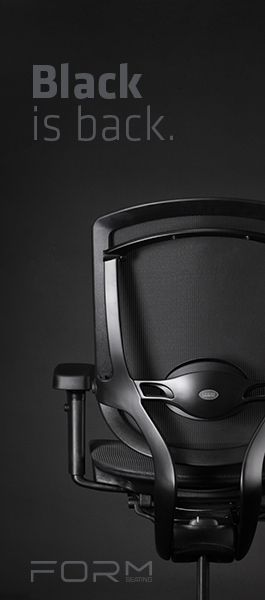



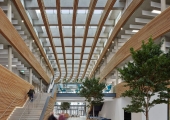
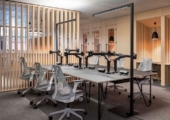


July 19, 2013
Dual source lighting schemes illuminate the way ahead for office design
by Shane Cohen • Comment, Facilities management, Lighting, Workplace design
More →